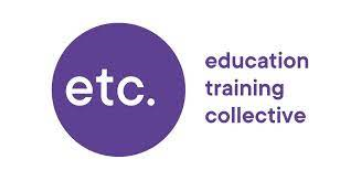Over three-quarters of the near 200,000 apprenticeship incentive payment claims were made for young people, new data has revealed, prompting fresh calls for incentives to be brought back.
The Department for Education published data this morning which showed that 195,590 claims were made by employers for the incentive scheme, which ran from August 2020 until the end of January this year.
More than three quarters – 77 per cent – were for new apprentices aged 16-24, with 23 per cent for those aged 25 and over.
The scheme was introduced by then-chancellor Rishi Sunak in August 2020 as part of his Plan for Jobs initiative, and offered firms £2,000 to take on apprentices aged 16-24, or £1,500 for those who employed a new apprentice aged 25 or above.
That incentive was then increased to £3,000 in March 2021 until September, before an extension until the end of January was confirmed. That extension period in itself saw a further 40,000 apprentices recruited under the scheme.
The data has prompted the Association of Employment and Learning Providers (AELP) – which has lobbied for an extension on multiple occasions – to renew its calls for the incentive to return.
Chief executive Jane Hickie said: “AELP lobbied for enhanced employer apprenticeship incentives as part of the Plan for Jobs, as we were confident that they would have a positive impact on apprenticeship uptake. The data proves that we were correct.
“Not only did apprenticeship starts increase at a difficult time in the economy, but incentives also led to positive impact on social mobility and rebalancing the system. 77 per cent of new apprentice starts as a result of the incentives were under 24 years old, 83 per cent of starts were at levels 2 and 3, with SMEs particularly benefiting.
“But since the incentives came to an end, we’ve already seen a reduction in both starts and vacancies.
“This is exactly why AELP are calling for a return of incentives – targeted at young people – which could be delivered by recycling unspent apprenticeship funding that would otherwise be returned to the Treasury.”
According to the DfE, health, public services and care were the sectors which accounted for the most claims – one in every four, while the business, administration, law, engineering and manufacturing technologies sectors made up around one in every five applications.
The DfE said over the 18 months of the programme, between 5,000 and 10,000 learners typically started on incentive schemes each month, although nearly 40,000 started in September 2021.
Stephen Evans, chief executive of Learning and Work Institute, said: “It’s welcome to see a high proportion of apprenticeship incentives going to young people and at levels 2 and 3 – the groups and levels that have seen the biggest falls in recent years.
“It’s likely the incentives made something of a difference during the pandemic, but without a proper evaluation it’s not possible to tell how many would have happened anyway. For the future, we need a clear strategy to increase employer investment in skills as a whole, and in particular for young people and those with lower level qualifications.”
The DfE has been approached for comment.















Although it is certainly true that incentives do help increase the numbers of younger apprentices, from my experience with providers there are also many employers who are more interested in the monetary bonus than the selection of the best person to meet their needs and be successful on an apprenticeship. An analysis of completion rates for apprenticeships linked to incentives compared to those where no incentives were received would be very interesting but it is certainly a feature of self-assessment reports currently being formulated for the year just ending.